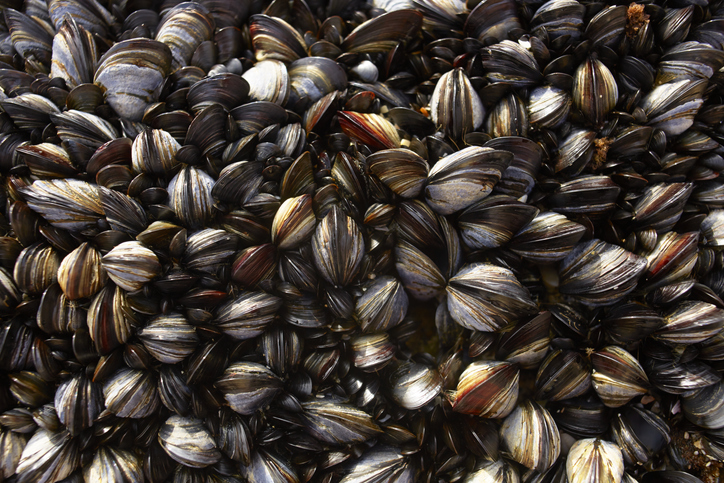
Scientists create mussel-inspired material to clean pollutants from water
YarnsandFibers News Bureau 2023-04-26 12:47:02 – United Arab EmiratesResearchers at Khalifa University have created a polymer that is environmentally beneficial and inspired by mussels. It can purify wastewater from textile dyeing by eliminating negatively charged contaminants.
Researchers at Khalifa University in the United Arab Emirates have created a substance that can remove textile colours from wastewater and may revolutionize the wastewater treatment sector. The substance was inspired by mussels.
The scientists created a new adsorbent material that is touted as being highly selective and effective in removing anionic pollutants from water by modifying a polymer called polydopamine with an ionic liquid.
Hassan Arafat, a chemical engineering professor, said that industrial dye-loaded wastewater effluents threaten human health and ecological systems, creating a serious environmental problem in many countries. Several treatment techniques have been used to remove dyes from wastewater, but adsorption is thought to be the most easily implemented and economically viable method. Traditional adsorbents, on the other hand, have little selectivity, and the procedure can result in secondary wastes.
The scientists looked to nature for inspiration and focused on mussels, which are marine organisms that use byssus threads formed from a protein containing dopamine to cling to a variety of surfaces. A synthetic polymer called polydopamine, which has the potential to coat a variety of surfaces and offers a flexible platform for surface alterations, replicates the structure of this dopamine-containing protein.
Polydopamine-based materials have a wide range of possible uses because of their numerous functional groups, exceptional self-adhesive characteristics, and biocompatibility, continued professor Arafat. However, when compared to other traditional adsorbents, its adsorption capability is low.
The material was altered by the scientists with an ionic liquid, which can dissolve a variety of substances and be regenerated for reuse, to speed up absorption.
The material was cleaned with methanol, and the colors employed in the experiment were desorbed. The team believes this demonstrates the material's potential as an adsorbent material for use in industrial wastewater treatment applications after subjecting it to four cycles of adsorption-desorption without any appreciable performance degradation or structural integrity loss.
Researchers Rawan Abu Alwan, Botagoz Zhuman, and Mahendra Kumar collaborated with Hassan Arafat and Enas Nashef, professors of chemical engineering, to publish their findings in the Chemical Engineering Journal.
Market Intelligence
Ask for free sample Report

experience
Customer Base
dedicated team
Countries Served Worldwide









